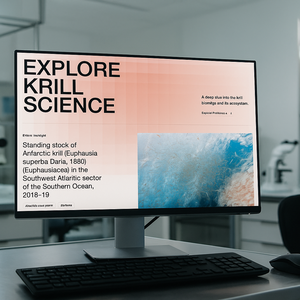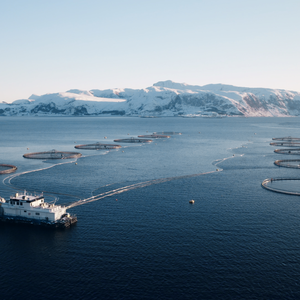Suspicious Shrimp Could Make You Ill, report says
Consumer health risks of eating imported shrimp may include neurological damage from ingesting pesticides, an allergic response to penicillin residues or an infection by an antibiotic-resistant pathogen, according to a new report by Food & Water Watch.
“Consumers should be outraged that most of the shrimp served in the United States is produced in polluted, artificial ponds along the coasts of Thailand, Vietnam, Ecuador and other tropical countries,” said Food & Water Watch Executive Director Wenonah Hauter. “Popcorn shrimp at an all-you-can-eat buffet may seem like a bargain, but industrially produced shrimp comes with costs to our heath, our environment and our communities.”
Shrimp has become the most popular seafood in the United States. The typical American eats three-and-a-half pounds of shrimp a year – especially during the holiday season. Approximately 80 percent of the U.S. shrimp supply was imported in 2004. Last week, the National Marine Fisheries Service reported that U.S. shrimp imports are up 11.4% through October of this year.
The industrially produced shrimp that are eventually served in restaurants and homes across the United States have been exposed to a variety of contaminants – from the untreated sewage that pollutes the water used by shrimp facilities to more than a dozen types of pesticides and antibiotics applied to the ponds to control disease and parasites.
“Pesticides, antibiotic residues and antibiotic-resistant bacteria are not the kind of zest most consumers would add to their shrimp,” said Hauter. “The government needs to do more to protect consumers and shoppers need to ask questions about where their shrimp was raised or caught.”
Exemptions to federal labeling laws mean that U.S. consumers often have no way of knowing where or how the shrimp they purchase was produced. Unfortunately, contaminated shrimp does not stop at the U.S. border either. The Food and Drug Administration only inspects 1.2 percent of all imported seafood, which means that large quantities of shrimp contaminated with pesticide residues, antibiotics and antibiotic-resistant bacteria, could be reaching consumers.
The new Food & Water Watch report, Suspicious Shrimp, highlights the dangers of eating industrially-produced shrimp and calls on consumers to ask questions about where and how their shrimp was produced.
Food & Water Watch makes the following recommendations for policy makers:
Congress must increase funding for inspections of imported seafood.
The Food and Drug Administration must significantly increase physical inspections and testing of imported seafood.
The U.S. Department of Agriculture and Congress should close the loopholes in Country of Origin Labeling rules to include all seafood – whether processed or fresh, at every store and restaurant.
Suspicious Shrimp includes the following recommendation for consumers:
Consumers should tell members of Congress and government agencies to increase seafood import inspections and require labels for all shrimp.
Shrimp-lovers should avoid industrially produced shrimp. Instead choose wild-caught domestic shrimp or shrimp that have been farmed in the United States by an environmentally responsible closed-system shrimp operation.
Consumers can also visit www.shrimpactivist.org to get more information and sign up for regular updates from Food & Water Watch.










